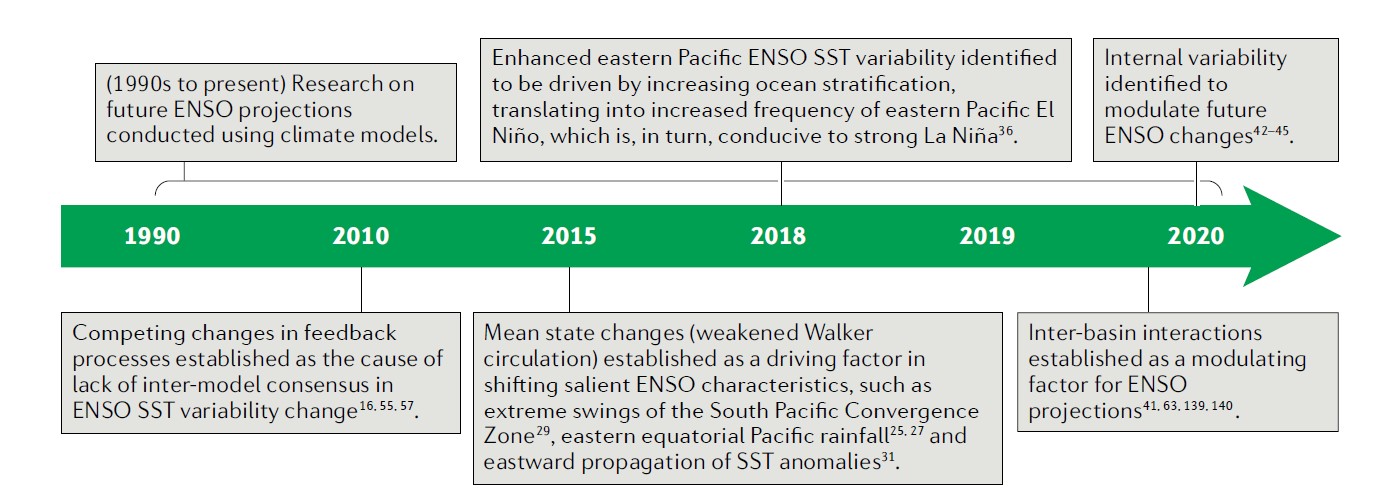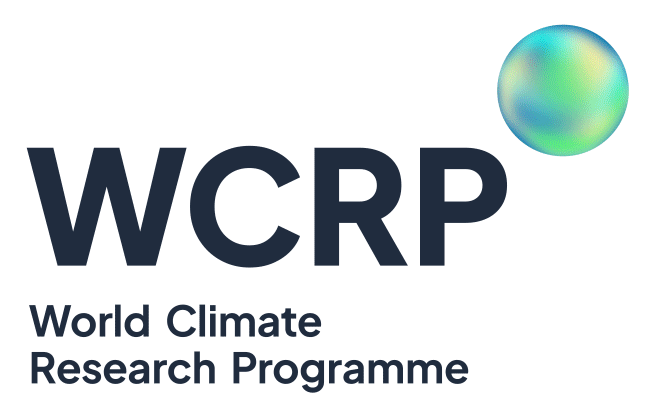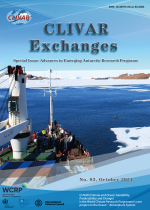Changing El Niño–Southern Oscillation in a warming climate

Figure1 Key developments in understanding El Niño–Southern Oscillation response to greenhouse forcing
Originating in the equatorial Pacific, the El Niño–Southern Oscillation (ENSO) is the most important climate phenomenon on Earth with highly consequential global impacts on society, such as agriculture, public health, infrastructure, transportation, water security, as well as the impacts on ecosystem and biodiversity. Advances have been made in understanding observed and projected ENSO changes in a warming climate, including changes in ENSO rainfall and sea surface temperature (SST) anomaly patterns, changes in ENSO magnitude as well as the detection of an eastward shift and intensification of ENSO-related atmospheric teleconnection. A recent synthesis in Nature Review Earth and Environment led by the CLIVAR community and in particular the CLIVAR Pacific Region Panel (Cai et al., 2021, https://doi.org/10.1038/s43017-021-00199-z) assesses the potential future changes of multiple aspects of ENSO and the underlying processes behind such changes. The review builds on advances since the previous synthesis in 2015 (https://doi.org/10.1038/nclimate2743).
According to the study, the ENSO rainfall responses are projected to intensify and shift eastward, leading to an eastward intensification of extratropical teleconnections. Further, ENSO SST variability and extreme ENSO events are projected to increase under greenhouse warming, with a stronger inter-model consensus in CMIP6 compared with CMIP5. In addition, although there is no definitive relationship of ENSO variability with the mean zonal SST gradient or seasonal cycle, palaeoclimate records suggest a causal connection between ocean vertical temperature stratification and ENSO strength, and a greater ENSO strength since the 1950s than in past centuries, supporting an emerging increase in ENSO variability under greenhouse warming.

Figure 2 Projected increase in El niño–Southern oscillation sea surface temperature variability in CmiP6 models. (Orginal Figure 4 in the paper)
Despite the rapid progress, there are uncertainties in quantification, detection and realistic simulation of ENSO variability and its change. However, with the ever-evolving fundamental insights in understanding the ENSO response to greenhouse forcing, together with the coordinated community effort (e.g., CMIP) and computational advances that enable long-simulation, large-ensemble experiments and high-resolution modelling, encouraging prospects are in the horizon for alleviating model biases, incorporating fundamental dynamical processes and reducing uncertainties in ENSO projection.
*************************************************************
Cai, W., Santoso, A., Collins, M. et al. Changing El Niño–Southern Oscillation in a warming climate. Nat Rev Earth Environ (2021). https://doi.org/10.1038/s43017-021-00199-z














Add new comment